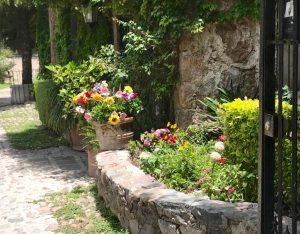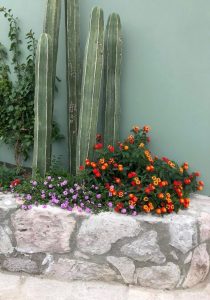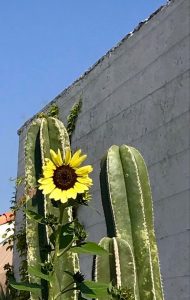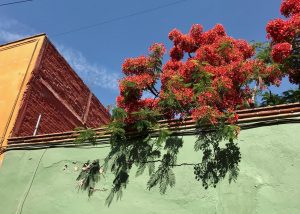“Juxtaposition!” the graduate student instructor cried, slapping his flat hand on the classroom’s front desk. “Jux – ta – po – si –tion! Now that’s a college-level word for you. Be sure to use it!”
I was awe-struck. In my first semester at Columbia in New York as a full-scholarship student, almost everything and everyone I encountered left me in open-mouthed awe. I sometimes thought I’d died, passed through the Pearly Gates (Columbia’s gigantic iron front gates on Broadway and 116th Street), and entered a gleamingly bright, ethereal, intellectual heaven.
I thrilled at the solid old buildings with their marble staircases worn down by countless students’ shoes, the professors with their esoteric specialties and their messianic drive to share their knowledge, my earnest classmates discussing the protagonists of novels the way surgeons might discuss their best cases. As Little Ms. Nobody from Nowheresville, New Jersey, I couldn’t believe my good fortune.
I had to ask myself in that moment: Had I ever used the word juxtaposition in my life? (Answer: No.) Did I even know what it meant, exactly? I had to look it up, to make sure: “…the act or an instance of placing two or more things side by side, often to compare or contrast or to create an interesting effect.” The word, I learned, came from the blending of the Latin “juxta,” meaning “next,” and the French word “position.”
This memory — this delicious big mouthful of a word — has come back to me recently on my daily walks throughout this beautiful little old Mexican city of San Miguel de Allende, where the brand new often resides side-by-side with the very old. Colorful, delicate, living flowers abut buff-colored, rough, inert stone walls at every turn. On the sidewalks pretty teenage Mexican girls in deliberately ripped jeans stride past bent old women in traditional indigenous costumes.
The many contrasts here – the vivid colors and varied textures, the hot sunshine and cool shadows, the extremes of wealth and poverty — are eye-popping and thought-provoking, I find. There are sermons in such snapshots for me.
It’s natural, I think, to compare and contrast, to look for the juxtapositions in our personal lives. And then, like an artist might, I think it’s helpful to employ it all – the dark with the light, the rough with the smooth. These contrasts help to create the dramatic, artistic effects that deepen meaning and understanding.
I’m reminded of this short stanza in Ric Masten’s poem “Let It Be a Dance”:
The morning star comes out at night.
Without the dark, there’d be no light.
Yet, if nothing’s wrong, then nothing’s right.
So, let it be a dance.
Here are just a handful of my photos of San Miguel’s lovely juxtapositions taken on recent walks:





